A what?
Take half as many sheets of paper as the number of pages for your book, stack them, fold them in half, and staple at the fold.
Now with this mock book, divide your text over the pages. And guess what? You have a dummy!
We have accomplished a lot more than you think. A dummy helps us work out the pacing of the action in the book, so that all the action isn't bunched up in 4 pages of a 32-paged book. Dummys also give us a sense of where we can create suspense and tension, to keep the reader turning the pages.
You likely begin your story with setting the scene and introducing your characters. Then you introduce a problem. Then the problem comes to a crisis point. Then there’s the “A-HA!” moment where the problem is resolved, and finally, there’s the wrap-up. This general storyline arc is like a bell-curve of action, but it doesn’t mean that all action takes place at the top of the curve. The dummy helps clarify how changing the placement of information can have a great effect on the storytelling.
Here’s my first formal dummy made in Feb 2012, where I also started generating images to go with the words that were on that page. As you can see, A LOT changed in terms of location of imagery within the book, but what else can you see that I’m working out with this dummy?

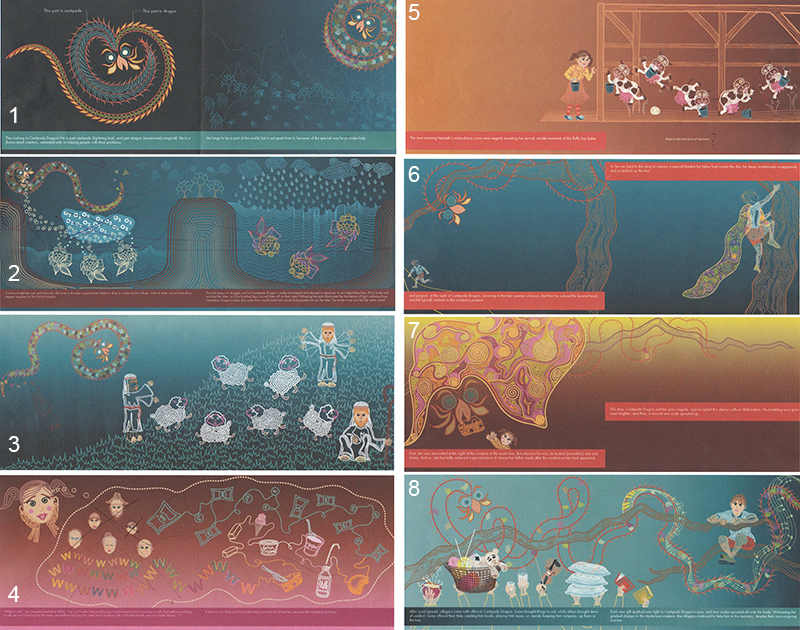
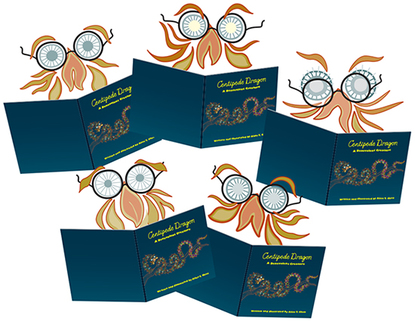
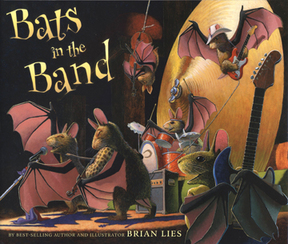
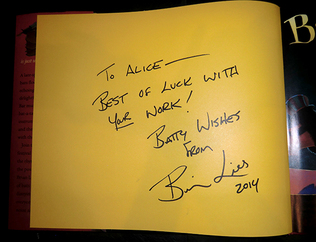
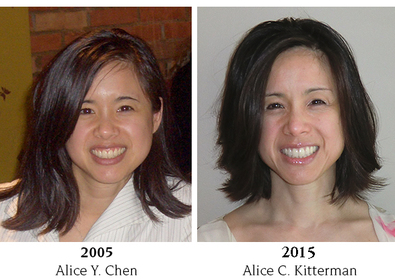

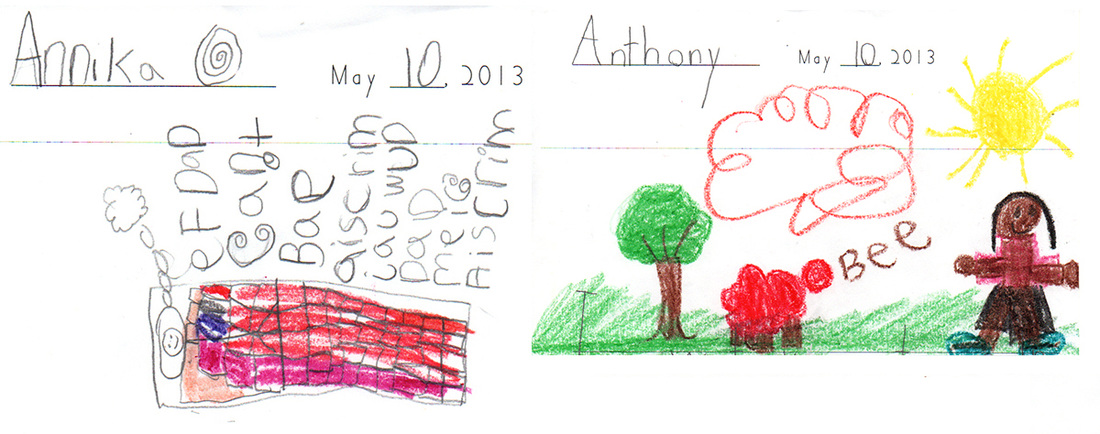
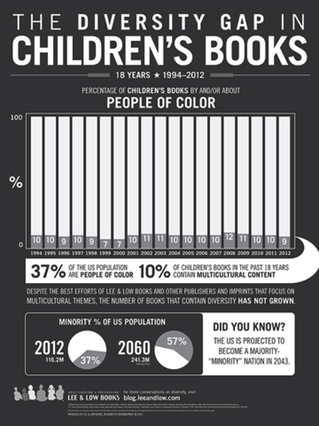
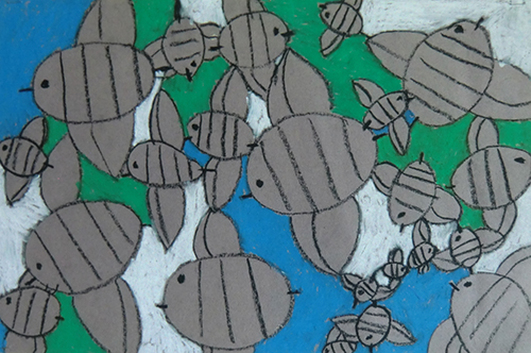
 RSS Feed
RSS Feed
